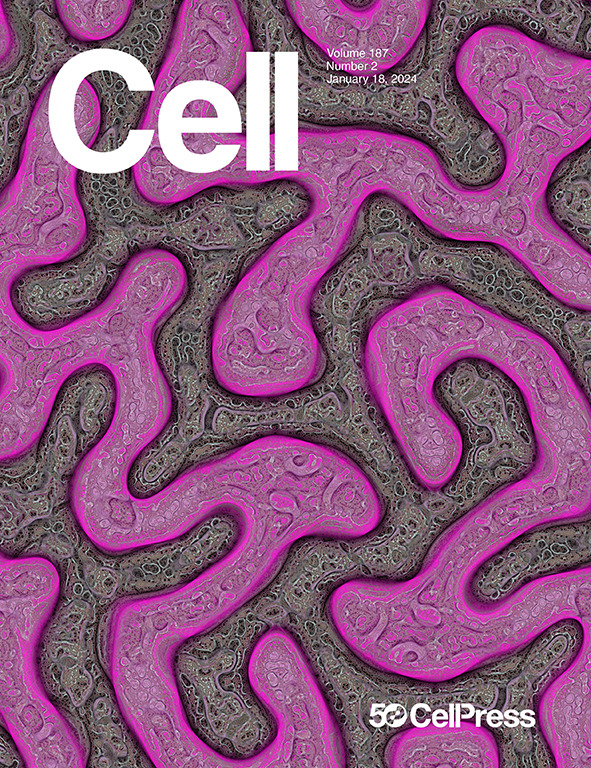解码大脑:从神经表征到机理模型
IF 42.5
1区 生物学
Q1 BIOCHEMISTRY & MOLECULAR BIOLOGY
引用次数: 0
摘要
神经科学的一个核心原理是,大脑内的神经元协同作用,产生感知、认知和适应行为。神经元被组织成专门的脑区,在不同程度上致力于不同的功能,它们的功能依赖于分布式电路,以持续编码相关的环境和身体状态特征,使其他区域能够解码(解释)这些表征,以计算有意义的决策和执行精确的动作。因此,分布式大脑可被视为一系列对信息进行编码和解码的计算。在这一视角中,我们详细介绍了神经编码和解码的重要概念,并强调了用于测量这些概念的数学工具,包括深度学习方法。我们提供了一些案例研究,其中解码概念促成了运动、视觉和语言处理方面的基础科学和转化科学。本文章由计算机程序翻译,如有差异,请以英文原文为准。
Decoding the brain: From neural representations to mechanistic models
A central principle in neuroscience is that neurons within the brain act in concert to produce perception, cognition, and adaptive behavior. Neurons are organized into specialized brain areas, dedicated to different functions to varying extents, and their function relies on distributed circuits to continuously encode relevant environmental and body-state features, enabling other areas to decode (interpret) these representations for computing meaningful decisions and executing precise movements. Thus, the distributed brain can be thought of as a series of computations that act to encode and decode information. In this perspective, we detail important concepts of neural encoding and decoding and highlight the mathematical tools used to measure them, including deep learning methods. We provide case studies where decoding concepts enable foundational and translational science in motor, visual, and language processing.
求助全文
通过发布文献求助,成功后即可免费获取论文全文。
去求助
来源期刊

Cell
生物-生化与分子生物学
CiteScore
110.00
自引率
0.80%
发文量
396
审稿时长
2 months
期刊介绍:
Cells is an international, peer-reviewed, open access journal that focuses on cell biology, molecular biology, and biophysics. It is affiliated with several societies, including the Spanish Society for Biochemistry and Molecular Biology (SEBBM), Nordic Autophagy Society (NAS), Spanish Society of Hematology and Hemotherapy (SEHH), and Society for Regenerative Medicine (Russian Federation) (RPO).
The journal publishes research findings of significant importance in various areas of experimental biology, such as cell biology, molecular biology, neuroscience, immunology, virology, microbiology, cancer, human genetics, systems biology, signaling, and disease mechanisms and therapeutics. The primary criterion for considering papers is whether the results contribute to significant conceptual advances or raise thought-provoking questions and hypotheses related to interesting and important biological inquiries.
In addition to primary research articles presented in four formats, Cells also features review and opinion articles in its "leading edge" section, discussing recent research advancements and topics of interest to its wide readership.
 求助内容:
求助内容: 应助结果提醒方式:
应助结果提醒方式:


